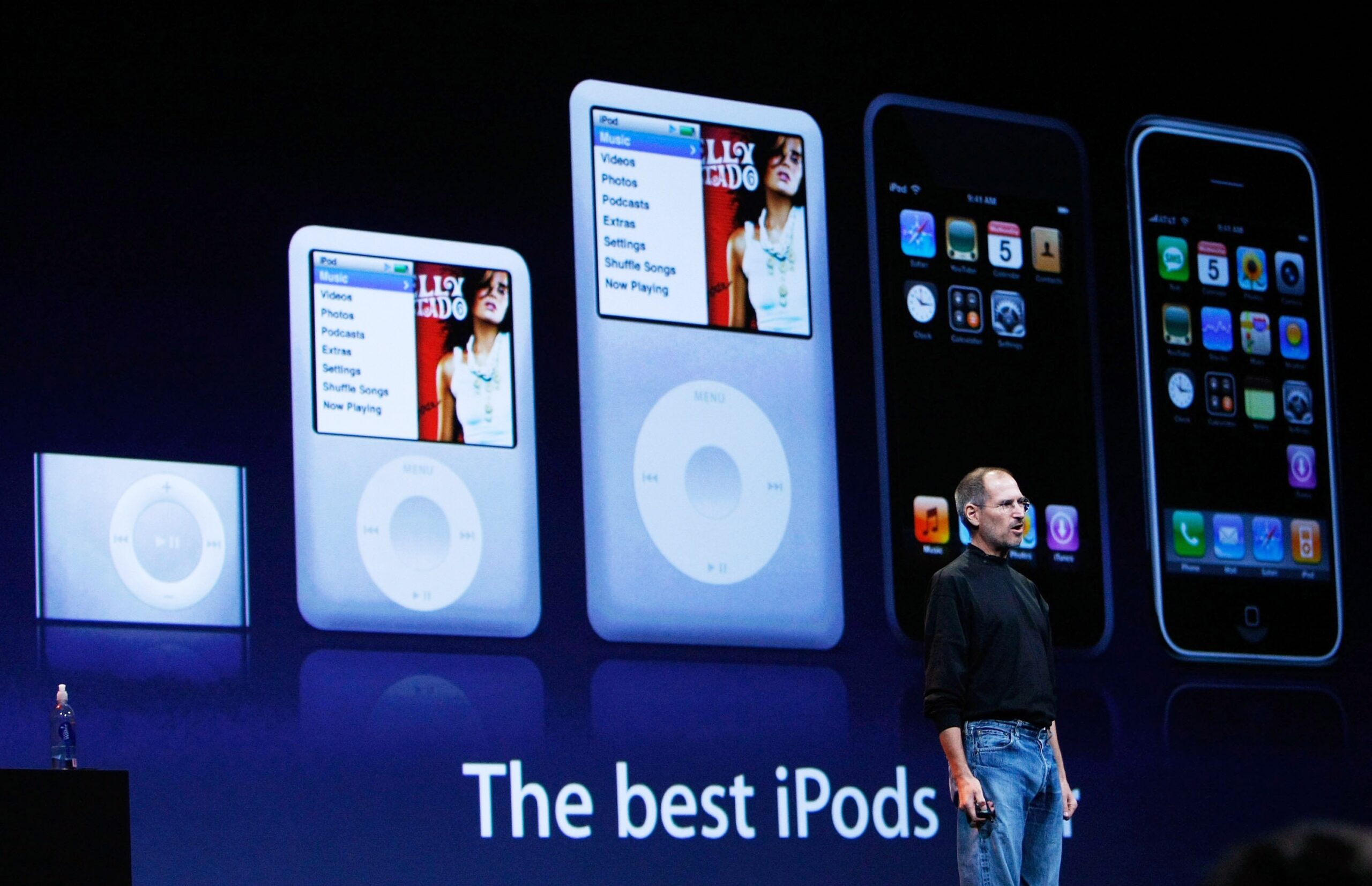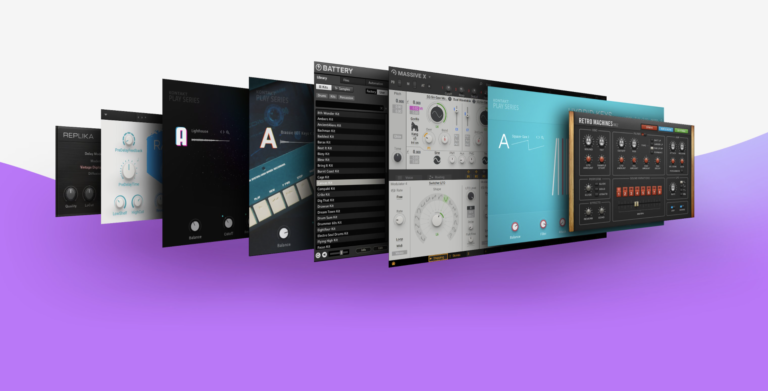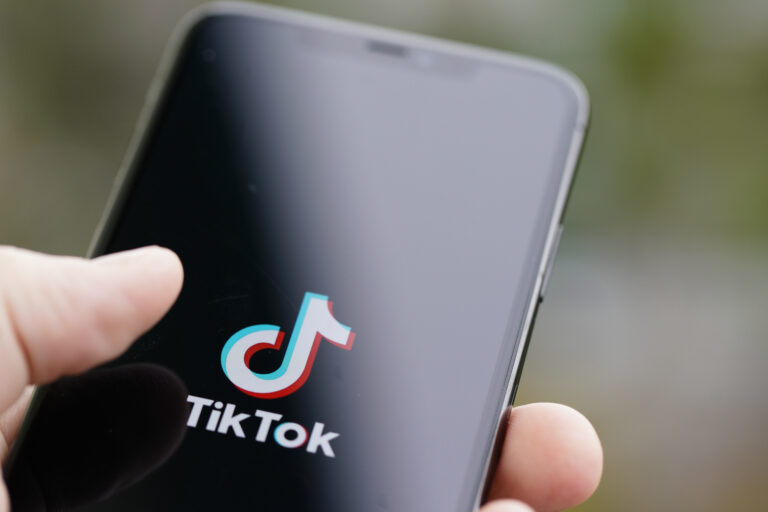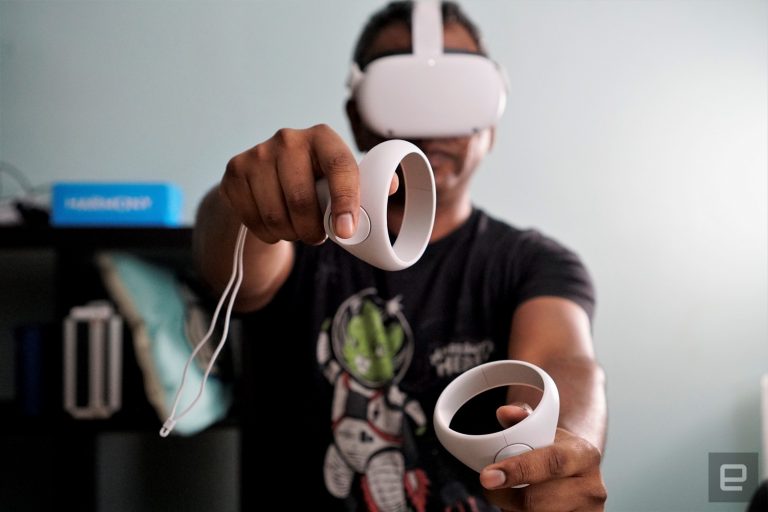The iPod created the two-headed monster that finally killed it
The iPod’s death has been a long time coming. Somehow, it’s already been eight years since Apple discontinued the iconic iPod classic. Nonetheless, the news this week that Apple is discontinuing its last iPod, the touch is significant: This officially marks the official end of a product that set up the company for two decades of success.
A lot has been written about how the iPod changed Apple’s fortunes, transforming the company from an influential but niche computer maker into one of the biggest companies in the world. Similarly, the iPod’s effect on the music industry almost speaks for itself at this point. The device slowly but surely ended the reign of the CD and moved people to a world in which they could just buy a handful of songs from an album instead of paying $15 for the whole thing on a plastic disc.
That’s probably why the death of the iPod brand doesn’t feel all that notable, despite the fact that I was an iPod early adopter who quickly went all-in on Apple’s ecosystem. It was inevitable that Apple would eventually stop selling the iPod touch, just as the end of the iPod classic in 2014 felt overdue.
That’s probably because both the consumer technology and the music industries have long since moved on from the iPod. It’s not hyperbolic to say that the iPod reversed both Apple’s fortunes and the record industry’s — but we’ve since seen another seismic shift that made the iPod feel almost as quaint as the CD.
The iPod was responsible for several major changes in the way music is consumed. In the 2000s, CD sales began to fall as more and more people started buying music through digital storefronts like the iTunes Music Store. There, you could get an album for $10 or a single song for $1, a significant discount over CDs at the time. And while many people still purchased full albums, uncoupling songs from the record propelled custom mix CDs and playlists to the forefront of how people listened to music. The iPod and iTunes Store killed the romance (and burden) of a physical music library while giving listeners more freedom in how they bought and listened to music.
But in 2022, the music industry has undergone a second sea change. For many, the concept of owning music at all is obsolete. Spotify, Apple Music, and the like have fully moved us to a place where we pay for access — to a catalog of some 90 million songs — not ownership. The idea of the album is even less important now than it was during the iPod’s peak, as the streaming services curated playlists for us, based on our listening histories and what’s popular. Apple, Spotify, and their competitors are the de facto DJs now, guiding listeners to new music the way radio DJs did for decades.
A big part of Steve Jobs’ pitch for the iTunes Store was that it was a response to piracy and a way for music creators to get paid. The thinking was that the store would offer a vastly improved experience over dealing with sketchy piracy apps so that people wouldn’t mind paying a few bucks here and there to download songs, thus putting money back in artists’ pockets.
In the streaming era, however, the debate over the fairness of music streaming payments to artists and songwriters rages on. While the iTunes Store was the first place Apple introduced its controversial 30 percent take, there’s been increasing furor in recent years over how Spotify carves up payments for artists into fractions of a cent per stream. Musicians have often made more money from touring and merchandise sales than album sales, and now that most people are streaming rather than buying music, that gulf has widened even more. (That’s without mentioning how much of a hit artists have taken on touring revenue since the COVID-19 pandemic hit.)
Just as the music industry has moved on since its iPod-fueled transformation in the 2000s, the consumer tech industry no longer resembles one in which the iPod was dominant. The iPod was conceived as a device that did one thing well: play back your music and podcast library. Sure, it picked up other features over the years (most notably displaying your photos and playing videos), but music was always its raison d’etre.
A number of other single-purpose devices flourished around the same time. Amazon introduced the first Kindle in 2007, digital cameras hit the mainstream in a big way throughout the decade and the Flip Video camera had a brief time in the spotlight, just to name a few. But the modern smartphone, which Apple itself ushered in with the iPhone, largely eliminated the need for a dedicated music player, not to mention most other purpose-built gadgets. We’re now 15 years into an era of convergence, where the smartphone is the most versatile and important device we carry.
It’s no coincidence that the last iPod Apple sold was the iPod touch, a device that is basically an iPhone without the phone. For years, it was a good option for kids or people who couldn’t afford an iPhone, but giving children a phone isn’t the taboo it once was, while monthly payment plans mean more people can afford them. It’s not clear who the iPod touch was for in 2022.
Apple may be pulling the plug on the iPod now, but the world moved on years ago. We’re past the point where those of us waxing nostalgic about the iPod can be considered youthful; if the rise of the iPad was a defining experience for you, you’re likely an elder millennial at best. I don’t say all this to downplay the iPod’s importance, though. On the contrary, looking back at how far we’ve come over the past 20 years reveals just how transformative the iPod was for music, and for tech.
All products recommended by Engadget are selected by our editorial team, independent of our parent company. Some of our stories include affiliate links. If you buy something through one of these links, we may earn an affiliate commission.





